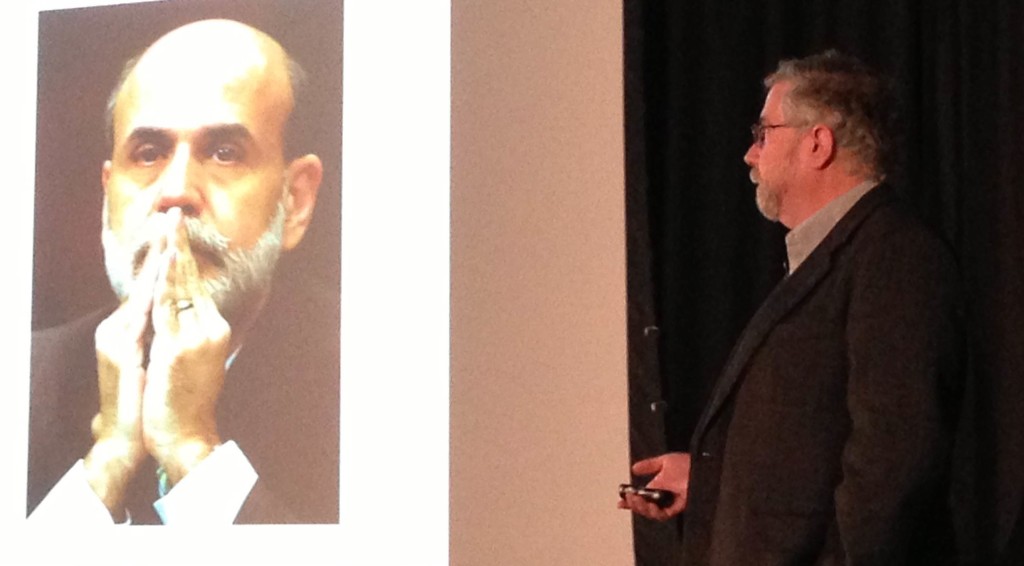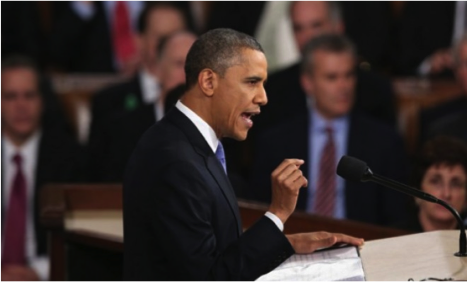In college, I took an intro-level microeconomics course with a professor who had taught for a long time at the university. Every few years (even though it seemed like an annual ritual), he would put out a “new edition” of his microeconomics textbook, slap a new cover photo on it, and jack up the price – all while requiring students to buy the newest edition.
So, was this “new edition” really all that new?
Of course not. None of my classmates nor I ever found any major (or even minor) differences between the editions. It was still an overpriced textbook, and requiring the newest edition really only helped boost the professor’s textbook royalties.
Naturally, when the College Board announced “major changes” to the SAT, I thought back to my intro to econ course. How “major” are these changes to the SAT really? Is reverting back to the 1600 scale truly all that new?
The answer to these questions depends on your frame of reference:
- If you’re a high school student, you’re probably thrilled and relieved that there’s no longer a mandatory timed essay portion of the SAT.
- If you’re a college prep advisor, you might be excited that the College Board’s new partnership with the nonprofit Khan Academy will help ensure more students can access free test prep.
- If you’re a high school English teacher, you might be delighted that the vocabulary will more reflect the lexicon of students today or be chagrined that this change responds to a fugacious trend.
- If you’re a high school counselor, you might be happy that the College Board is offering four college application fee waivers for low-income students — or perhaps you already knew that this practice has been in existence for years.
Now, we know what most of the media thinks about these latest developments with the SAT:
- CBS called the announcement “sweeping changes”
- The New York Times called them “major changes” (Note: An updated headline has now removed the phrase “major changes” from the title, but the URL still reflects the original title)
- NBC News labeled them “big changes”
- The Wall Street Journal said that the College Board “shakes up” the SAT
You get the picture.
In large part due to this deluge of news coverage calling the changes such “big news,” I went on a bit of a Twitter rant to point out that the new developments were not, in fact, all that major. Here are a few highlights:
Alright, I got something to say about this #newSAT.
— Sam Lim (@samsonxlim) March 5, 2014
I’ve seen people and media call these newest tweaks “big news” and “major changes.” This includes college access programs and advocates.
— Sam Lim (@samsonxlim) March 5, 2014
Is the supposed alignment with #CommonCore State Standards positive? Sure, alignment could be good.
— Sam Lim (@samsonxlim) March 5, 2014
But let’s not carried away. Changing up how the SAT looks isn’t all that “big”!
— Sam Lim (@samsonxlim) March 5, 2014
What would be “big” is if we stopped supporting a test that has disproportionate negative effects on underrepresented & low-income students.
— Sam Lim (@samsonxlim) March 5, 2014
What would be “big” is if #colleges and universities did away with the SAT and ACT altogether.
— Sam Lim (@samsonxlim) March 5, 2014
What would be “big” is if we made sure that all students could receive a quality and affordable college education.
— Sam Lim (@samsonxlim) March 5, 2014
Until then, let’s not call news like changes to the #newSAT “big.”
— Sam Lim (@samsonxlim) March 5, 2014
The truth is: the SAT is a charade. For all the College Board’s talk about “delivering opportunities” and making college more accessible for students, the SAT represents an unnecessary — and useless — barrier on the road to college.
Just last month, the National Association for College Admission Counseling (NACAC) released a report that found virtually no difference in college completion rates for students, regardless of whether they submitted SAT scores or not. The study affirmed what previous research had already found: including or not including the SAT (or ACT, for that matter) in college admissions considerations really doesn’t make much of a difference.
So then, why do the SAT and ACT remain such a major part of the college admissions web? There are a couple of factors, but at the root of these is one common denominator — money.
Consider that the test prep industry generates over $1 billion each year (this doesn’t even include the profits from actual testing), and consider that the SAT is better at predicting a student’s socioeconomic background than his or her college success.
So, while the news of this week has focused on the College Board and what it has done to retool the SAT, the deeper issues that impede college access still remain. The true culprits in this equation are the colleges and universities that still feed into the testing frenzy, allowing concerns over institutional prestige and rankings to cloud their ability to enact truly impactful policies for expanding access.
When colleges and universities require the SAT or ACT, families with the means to put their children through test prep courses are at an even greater advantage over low-income and even many middle-income families who simply cannot afford such extraneous luxuries. Frankly, what does it say about the test itself when an entire industry is built around prepping students for it? And, truthfully, a nice PR move like partnering with the Khan Academy is nothing but a band-aid solution to a much deeper issue (and what does it say about the Khan Academy, too?).
It’s time to throw out an anachronistic component of college admissions that is doing nothing but driving an academic arms race among higher education institutions. Instead, let’s focus our efforts on real, substantive issues such as trimming the costs of administrative bloat, addressing the mountainous student debt bubble, and boosting declining state investment in higher education. The bigger news focus this week should have been on efforts such as the new Higher Ed, Not Debt initiative launched by a number of education champions, including Sen. Elizabeth Warren and American Federation of Teachers President Randi Weingarten.
But, instead, we’ve been hearing all about this “new SAT.” As a higher education access and affordability advocate, I could certainly break down the ways in which the changes to the SAT might impact how we work with students as they prepare for and apply to college. But that’s for another day, since — as a higher education access and affordability advocate — I also feel the need to point out when the discussion is heading in the wrong directions.
And that’s the point — because, in the grand scheme of things, until we really shake our college admissions processes free of these measurement tools of privilege and focus on true systemic ways to increase access for low-income, underrepresented, and first-generation students, changes to the SAT really aren’t that major after all.

















